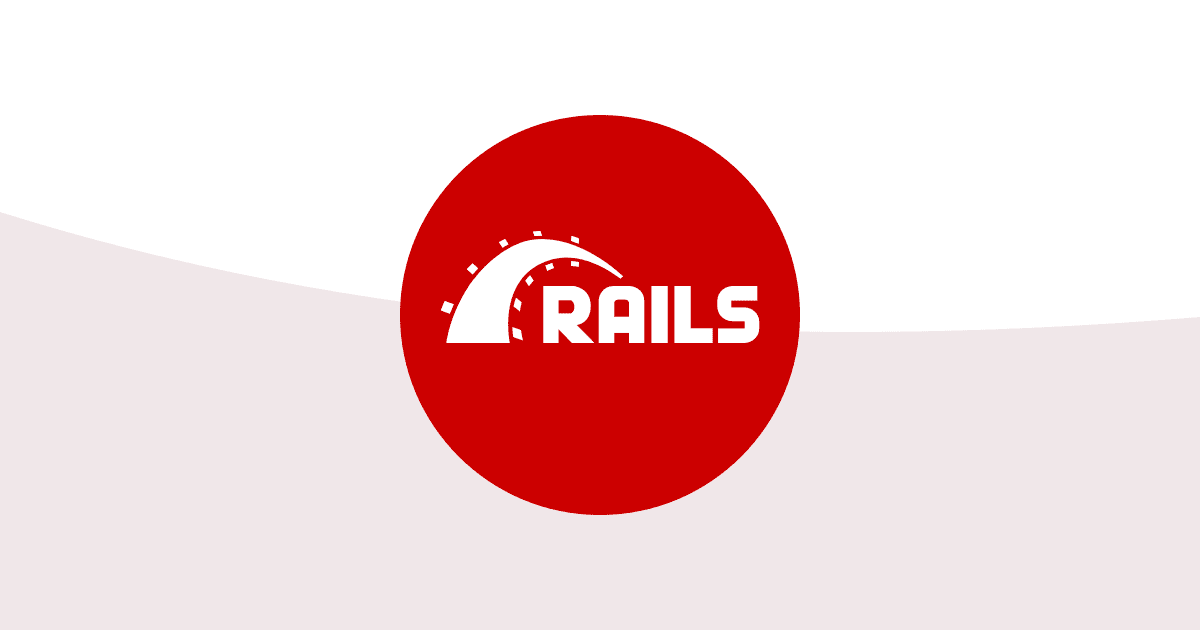Daily Insights Hub
Your go-to source for the latest news and information.
Rails to Riches: Building Your Web Empire in Ruby
Discover how to turn your Ruby skills into a thriving web empire! Unlock secrets to success and start your Rails to Riches journey today!
Getting Started with Ruby on Rails: A Beginner's Guide
Welcome to Getting Started with Ruby on Rails, a powerful framework that simplifies the web development process. Ruby on Rails, often simply called Rails, is known for its convention over configuration philosophy. To begin your journey, you'll first need to install Ruby on your machine. You can find detailed instructions on the official Ruby website. Once Ruby is installed, you can set up Rails using the command gem install rails in your terminal. This command fetches the latest version of Rails, enabling you to start building your applications.
After installing Rails, it's important to familiarize yourself with its structure. A Rails application is divided into several components, including models, views, and controllers, commonly referred to as MVC architecture. Each component plays a vital role in the application's functionality, as outlined in the Rails Guides. To kickstart your project, run rails new myapp to create a new application skeleton. This command generates a basic folder structure and configurations, setting the stage for your development journey. Embrace the simplicity and power of Rails, and soon you'll be building beautiful, dynamic web applications!

Top 10 Tips for Building Scalable Web Applications in Ruby
When it comes to building scalable web applications in Ruby, understanding the architecture and the technology stack is crucial. Start by employing the Ruby on Rails framework, which promotes convention over configuration and simplifies many common web development tasks. Here are some essential tips to help you:
- Choose the right database system, such as PostgreSQL, for handling large datasets efficiently.
- Optimize your application by using background job processing tools like Sidekiq, which allows for asynchronous processing of tasks.
- Implement caching strategies with tools like Redis to speed up data retrieval.
Additionally, scalability often involves ensuring that your web application can handle increasing traffic without significant performance degradation. Code optimization is essential; always profile your application using tools like Ruby Prof to identify and eliminate bottlenecks. Furthermore, consider utilizing a Content Delivery Network (CDN) such as Cloudflare for static asset delivery. Finally, be mindful of your deployment strategy; using containerization methods like Docker can provide the scalability and flexibility your application needs as it grows.
Common Challenges in Ruby on Rails Development and How to Overcome Them
Ruby on Rails development is a powerful framework that offers rapid application development, but it comes with its own set of challenges. One common issue developers face is performance bottlenecks, particularly when dealing with large databases or complex queries. To address this, developers can utilize tools like Active Record Query Interface to optimize their database interactions. Additionally, implementing caching strategies and background job processing can significantly improve application speed. For further reading, check out the Understanding Caching in Rails tutorial.
Another challenge is managing dependencies and maintaining the project over time. As the number of gems and libraries increases, it can become difficult to ensure compatibility and security. To help mitigate this issue, developers should regularly update their gems and employ tools such as Bundler to manage dependencies efficiently. Furthermore, following best practices for version control and utilizing Continuous Integration (CI) tools can simplify the process of tracking changes and deploying updates. For a deeper understanding of CI in Ruby on Rails, refer to What is Continuous Integration?.